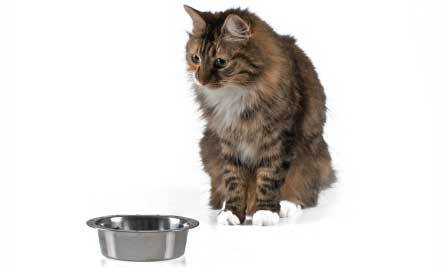While trying to cope with an increased number of pets being surrendered at the Mount Vernon premise, The Singapore SPCA has been advocating against pet abandonment, with efforts being focused on educating the public against impulse buying, encouraging adoption rather than purchasing a pet and that pet-owning is a lifetime commitment.
However, the source of the problem has been left untackled. Uncertified and inexperienced farm and home breeders have been left unchecked, being allowed to continue breeding animals even though they do not have proper understanding of bloodlines and canine genetics. We have come across numerous dogs (products of puppy mills) who are prone to developing respiratory ailments and pneumonia, cardiac problems as well as hereditary defects such as hip dysplasia. In addition, mill dogs are more prone to have problems with their temperament. Such dogs usually end up in shelters or are surrendered at the SPCA, rendering them difficult to re-home.
The Singapore SPCA may want to take a cue or two from ASPCA’s campaign against puppy mills; nipping the problem at its root may well be more worth the effort than educating the populace.
The American Society for the Prevention of Cruelty to Animals (ASPCA) has just launched a new part of the No Pet Store Puppies campaign to raise awareness about cruel practices in puppy mills. Many pet stores and websites selling pets get their puppies from puppy mills.
While the stores and websites themselves may not be treating the puppies cruelly, they are supporting the puppy mills where such abuse is taking place. It does not take much to understand the bigger picture, and yet there are still some consumers who refuse to inform themselves accurately about where many puppies come from, or are simply oblivious.
For example, in the area where the campaign was launched a recent poll found 86 percent of local residents would not buy a puppy if they knew it was from a puppy mill, 74 percent were unaware of the fact that most puppies sold there do come from puppy mills.
‘Those adorable puppies in the pet store window are hard to resist, but, unfortunately, shopping at pet stores that sell puppies only serves to support the puppy mill industry,” said Laurie Beacham, Senior Director, ASPCA Strategy & Campaigns.
One of the issues is that the purchase of a puppy is often done on a whim, without careful consideration of where the puppy comes from, and how buying one from a puppy mill unintentionally supports cruelty to them, because puppy mills put profits over proper care.
At a pet store, the cute factor appeals to many and they find the purchase nearly irresistible, meaning they have not done any research about where the puppies come from, and probably do not ask in the pet store. Also, puppies for sale are often separated from their litters and mothers, and then are uprooted again if their new owner tires of them quickly, and dumps them at an animal shelter. This fickleness also is cruel to a young dog, because they are very social creatures and social bonds are critically important.
The best consumer choice is to inform oneself before making a decision, and not make a purchase without doing so. Buying an animal is not like shoe shopping, but some treat it as the same, or a similar experience.
The ASPCA was founded over 140 years ago, and continues to be a leading advocate for animal welfare.
Adapted from an article by Jake R.




